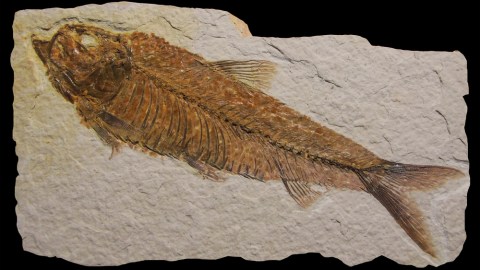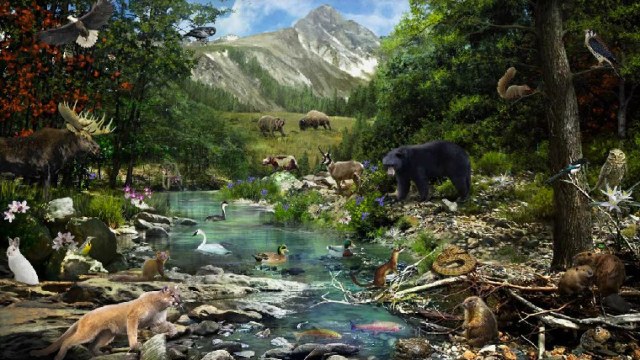DNA + Fossils = The Big Data of Life

What’s incredible about genomics is its ability to get a lot of data really fast in a way that can be analyzed in very useful ways.
So when you think about a museum – that is where our culture stores and preserves all the samples of all the rest of the types of life on the planet. We have over a 126 million objects in our museum in Washington DC. Most of those are biological objects. They’re skins of extinct animals, they’re pressed samples of plants, they’re beetles on pins. And every one of those samples contains antique DNA.
It’s DNA that’s still in the skin. We can scrape the hide of an extinct marsupial carnivore from Tasmania and achieve part of that animal’s genome. We’ll actually be able to understand what composed the genome of extinct animals or animals that were sampled a hundred years ago before certain kinds of environmental variables were in play.
So we actually have an archive of antique and, in fact, fossil DNA in museums that compliments the DNA and the genomics that we acquire from living humans and living animals.
In Their Own Words is recorded in Big Think’s studio.
Image courtesy of Shutterstock




